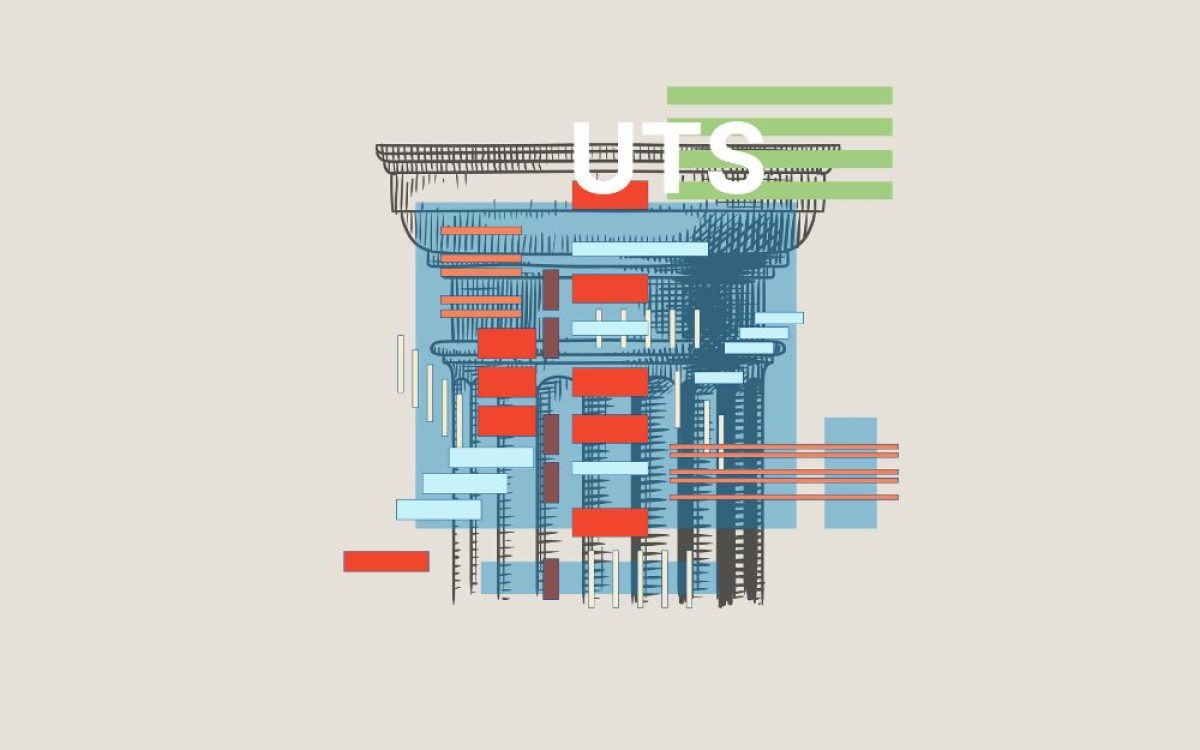What It Looks Like:
A leader fills every silence to avoid discomfort. Meetings feel rushed. Team signals are missed.
After the Behavior is Integrated:
She lets silence stay in the room. Watches. Then says: “Let’s sit with that before we move on.” New insights emerge. People lean in.
Behavioral Impact:
- Deepens trust without pressure: Creates a safe space for reflection and contribution.
- Allows others to process: Gives the team time to think before reacting.
- Creates calm authority: Establishes leadership presence through composure.
Contributing Factors:
- Fear of awkwardness: Discomfort with moments of silence.
- Habit of over-performance: Feeling the need to constantly drive the conversation.
- Childhood training: Learned behavior to “keep things flowing” to avoid tension.
Underlying Need:
- To be safe in stillness: Feel secure without needing to fill every moment.
- To lead without compensating: Trust that presence is enough without overdoing.
- To hold space as enough: Allow silence to foster deeper engagement.
Distortions/Triggers:
- Long pauses: Perceived as a loss of momentum or control.
- Silent reactions: Misinterpreted as disapproval or disengagement.
- Fear of losing control: Anxiety about managing the room during silence.
Remedy & Best Practices:
- Name the pause: Acknowledge silence as a deliberate part of the process.
- Breathe visibly: Model calmness and composure for the team.
- Allow stillness to speak: Let the silence create space for deeper insights.
Ripple Outcomes:
- Meetings become intentional: Conversations feel more thoughtful and meaningful.
- Others speak more thoughtfully: Team members contribute with greater clarity and purpose.
- Leadership feels steady: Presence and calmness create a sense of grounded authority.
Guiding Insight:
Silence doesn’t shrink power—it reveals it.










